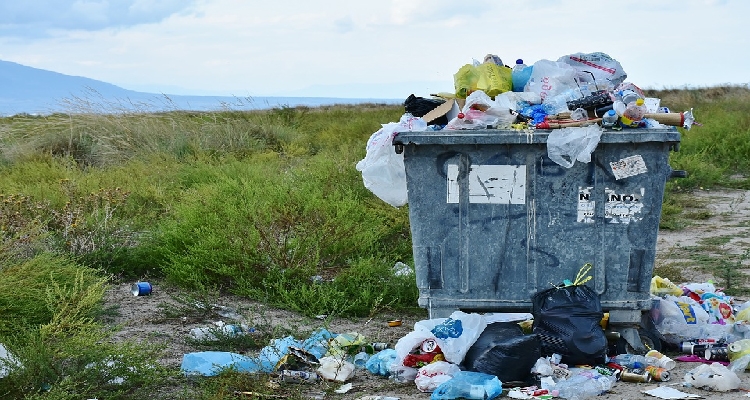- SDG 14 is ‘Life Below Water :Plastic pollution. Increasing levels of debris in the world’s oceans are having a major environmental and economic impact. Marine debris impacts biodiversity through entanglement or ingestion
- SDG 14 is ‘Life Below Water :Coastal waters are deteriorating due to pollution and eutrophication. Without concerted efforts, coastal eutrophication is expected to increase in 20 percent of large marine ecosystems by 2050.
- SDG 14 is Life Below Water :Ocean acidification has increased significantly in recent decades. Open Ocean sites show current levels of acidity have increased by 26 per cent since the start of the Industrial Revolution.
- SDG 14 is Life Below Water :Oceans absorb about 30 per cent of carbon dioxide produced by humans, buffering the impacts of global warming.
- SDG 14 is Life Below Water :Oceans provide key natural resources including food, medicines, biofuels and other products. They help with the breakdown and removal of waste and pollution, and their coastal ecosystems act as buf
Excessive Usage Of Plastic

Human dependency on plastic and paper goods is high and some actions are needed to take a footstep back and assess which plastic products are requirements and which are not in order to help save the environment. Methods to decrease the quantity of plastic in humanity is needed to lessen the amount of damage to the atmosphere because the plastics that are being used are compelling over landfills, getting into the water supply, and instigating a lot of destruction to the ecosystem as well as water system. Spiraling away from plastic completely may not be possible, but practice can be abridged and the quantity used in daily lives can be transformed.
On a worldwide scale humanoid dependency on plastic is entirely too high which means that on average the amount of plastic each person uses and wastes is too high as well. Above one hundred million tons of plastic is manufactured yearly and out of that complete plastic over fourteen million tons finish up in the oceans injuring and killing marine life (Raja 2011). It is tough to imagine one hundred million tons of plastic, but cars, cell phones, and computers that are bought are made of a large amount of plastic. It's not likely that those huge plastic objects will end up fluctuating in the ocean; however, there are also plentiful small objects that are unnoticed, such as water bottles and food wrappers.
Every once in a while, the government passes out an order banning stock holders from providing plastic bags to customers for booming their purchases, with little long-lasting effect. Plastic bags are very common with merchants as well as patrons as they are inexpensive, tough, frivolous, functional, dangerous as well as a hygienic means of resounding food as well as other goods.
About a hundred billion plastic belongings are used every year in the U.S. alone. And then, when one considers the vast economies and populations of India, China, Europe, and other parts of the world, the numbers can be staggering. The problem is further exacerbated by the developed countries shipping off their plastic waste to developing countries like India where things are made of nothing but plastic.
Most of the animals ingest plastic bags, thinking of them as food, and therefore, die. And worse, the ingested plastic bag remains integral even after the death and decomposition of the animal. Petroleum products are diminishing and getting more costly by the day, since we have used this non-renewable resource gradually. And to create plastic, about 60-100 million butts of oil are needed every year around the world. If found in the landscape where another victim may swallow it. A carry bag can make a good ancillary for booming groceries and the shopping. You can preserve the bag with the bursar, and then put your procurements into it instead of the usual plastic bag.
Reprocessing the bags you already have is another good idea. These can originate into use for various drives, like holding your trash, instead of purchasing fresh ones.
Jivesh Bansal
